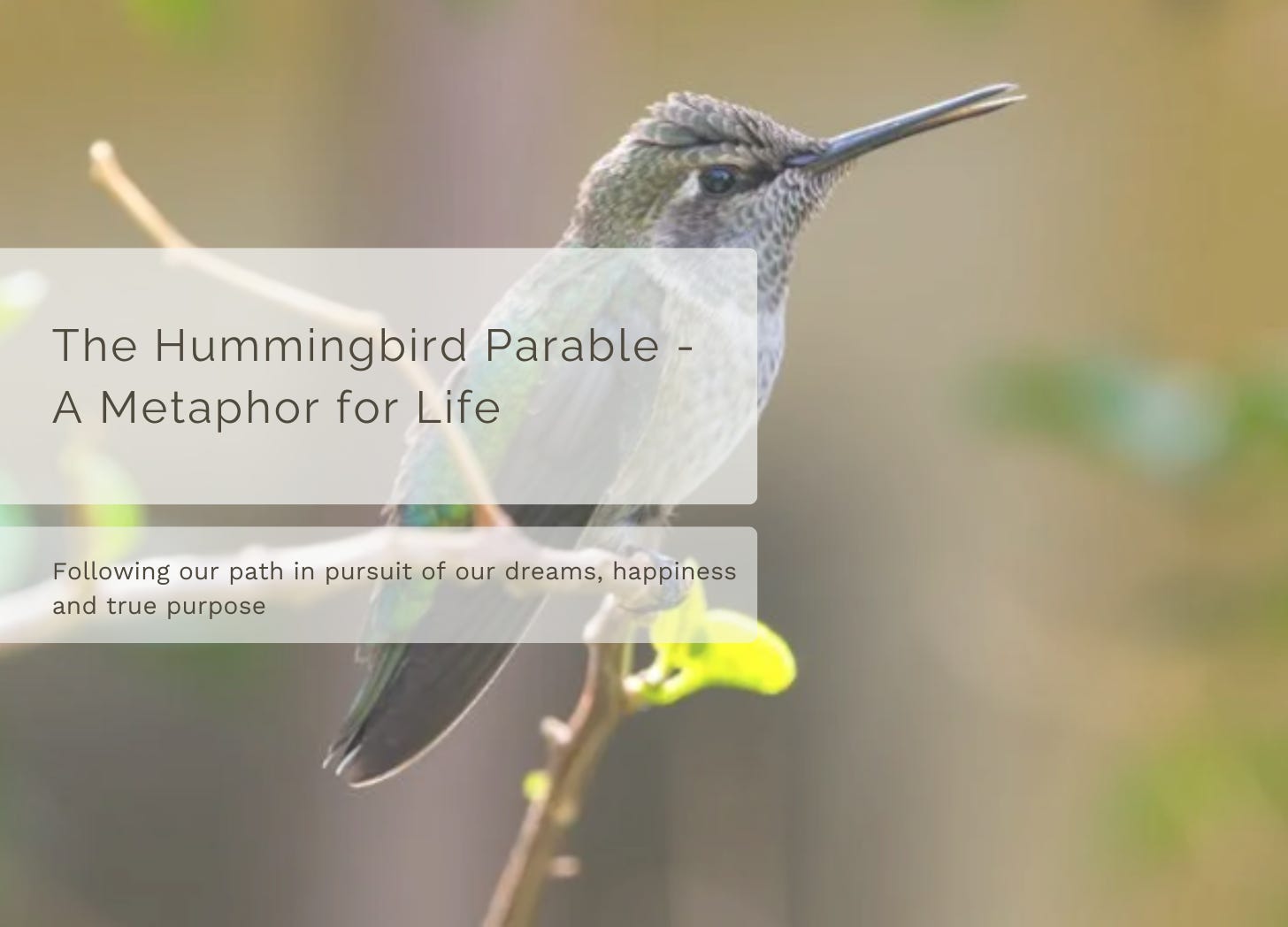So, I had this crazy idea the other day – what if I could get a drone to fly in the opposite direction of its default movement? Sounds simple, right? Turns out, it was a bit more of a head-scratcher than I anticipated, but I got there in the end! Here’s how the whole thing went down.

The Starting Point: Normal Drone Behavior
First, I grabbed my trusty drone, the one I usually use for casual flying and taking some aerial shots. I powered it up, got the propellers spinning, and did a few test flights in my backyard. You know, the usual stuff – forward, backward, left, right, up, down. Everything was working as expected.
The “Aha!” Moment (and the First Hurdle)
Then came the tricky part. I wanted the drone to go backward when I pushed the control stick forward. I initially thought I could just fiddle with the controller settings, maybe swap some channels or something. I spent a good hour messing around with the controller’s menu, but no luck. It seemed like the controller was hardwired to work a certain way, and there was no easy way to reverse the controls.
Diving into the Software Side
Okay, so the controller wasn’t cooperating. Time to dig a little deeper. I figured there might be some software settings I could tweak. I connected the drone to my computer and started exploring the flight control software. This was where things got a bit technical. I had to find the specific parameters that controlled the drone’s directional inputs.
After some poking around (and a bit of online searching, I’m not gonna lie), I found the relevant settings. It was all about remapping the input signals. Basically, I needed to tell the drone, “Hey, when you receive a ‘forward’ signal, interpret it as a ‘backward’ signal.”
The Coding Part (Don’t Worry, It Wasn’t Too Scary)
This is where a little bit of coding came into play. I used the software’s built-in scripting tools (thankfully, it wasn’t anything too complicated) to create a simple script. The script essentially flipped the signals for the forward and backward movements. I uploaded the script to the drone and held my breath.

Testing, Testing, 1, 2, 3…
Time for the real test! I took the drone back outside, armed it, and very, very carefully pushed the control stick forward. And guess what? The drone moved backward! Success! It was a bit wobbly at first, and I definitely needed to adjust the sensitivity, but it was flying in the opposite direction!
Fine-Tuning and Final Thoughts
I spent the next hour or so fine-tuning the controls, making sure the drone was stable and responsive. It took some trial and error, but eventually, I got it flying pretty smoothly. I’ve listed below the final steps I took:
- Adjusted sensitivity settings to make the controls less twitchy.
- Tested different flight modes to see how the reversed controls behaved.
- Made sure all other controls (left, right, up, down) were still working correctly.
- Practiced, practiced, practiced! Getting used to the reversed controls took some time.
It was a fun little project, and it definitely taught me a lot about how drones work under the hood. Plus, now I can impress my friends with my “backward-flying” drone!
